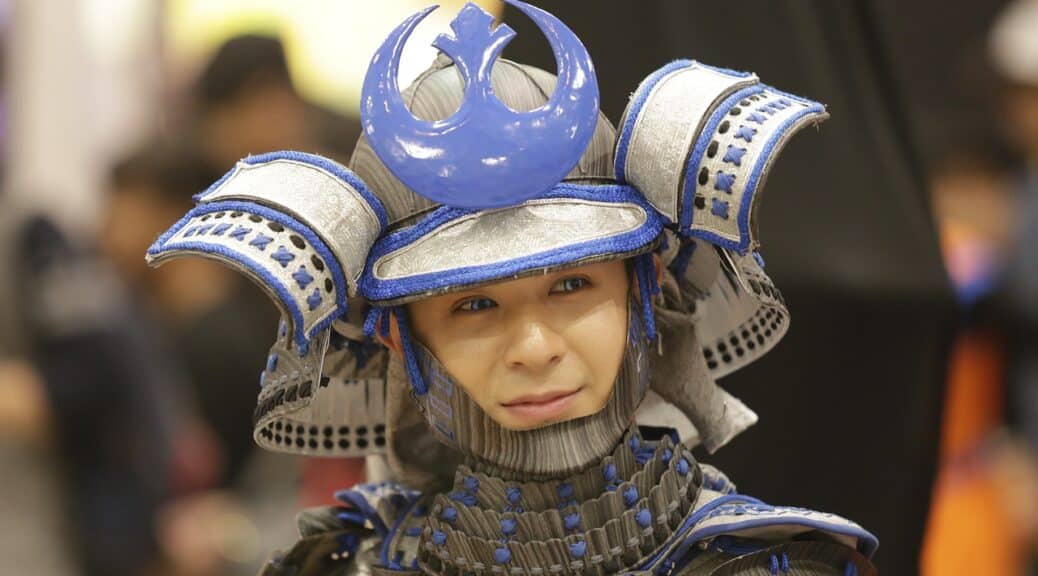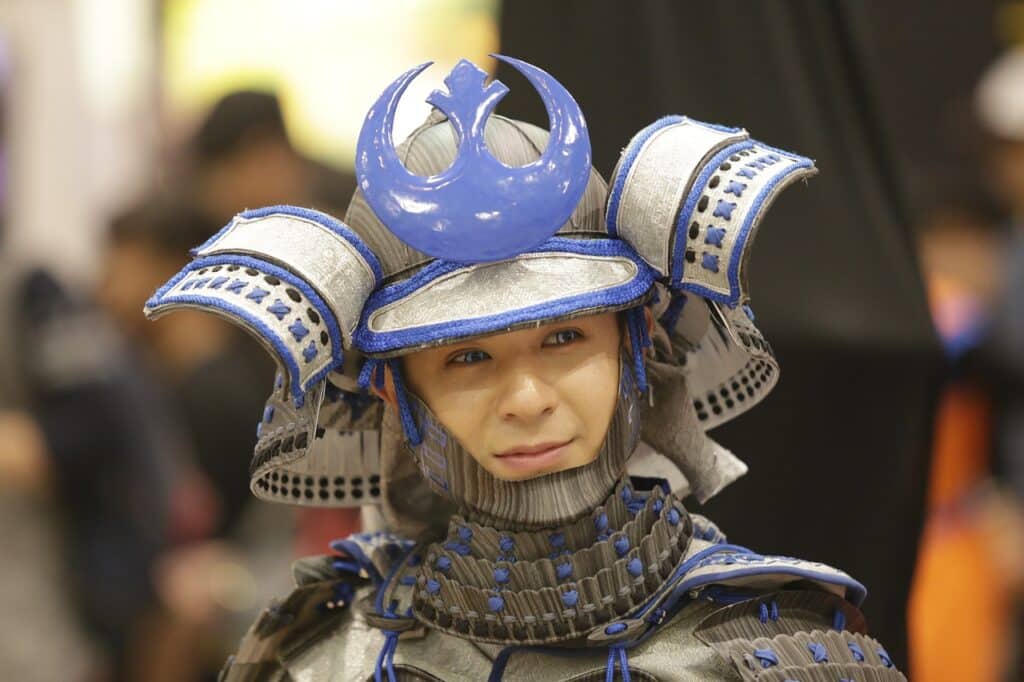
Cosplay Culture: Exploring the Intersection of Art, Pop Culture, and Costume Design
Cosplay culture is a phenomenon that has catapulted into the mainstream over the past decade. At its core, cosplay culture celebrates creativity, artistry, and fandom. As the popularity of cosplay grows, the boundaries between traditional costume design and pop culture become ever more blurred.
The result is a unique intersection of art, fashion, and popular culture brought together by talented people who put immense work into creating imaginative and accurate costumes inspired by their favorite fictional characters. Scott Biski looks at the origins of cosplay culture, how it has evolved, and why it has captured the imaginations of millions worldwide.

Origins of Cosplay
Cosplay is a shortened form of two words – costume play. Cosplay culture evolved in the 1970s in Japan, where enthusiastic fans would dress up as their favorite anime or manga characters to attend conventions. This trend would grow rapidly in Japan, the United States, Europe, and other parts of the world. In the early days, most costumes were relatively simple, with fans using found materials, paper masks, and the like to create homemade outfits. Cosplay culture became a cultural phenomenon in Japan and soon spread worldwide.
The Popularity of Cosplay Culture
In recent years, cosplay culture has exploded in popularity, thanks partly to social media, conventions, and cosplay-themed events. As more people become interested in cosplay, the artwork and costume creations have become more intricate and detailed. Today, we find that entire industries and businesses are dedicated to creating authentic costumes and accessories for cosplayers, allowing them to be more imaginative and continue building on the creativity that first inspired the movement.
Cosplay and Fandom
Cosplay culture and fandom are closely intertwined, with many cosplayers being dedicated fans of movies, television shows, comics, and gaming. However, while cosplay originated in Japan as a visual representation of popular anime and manga characters, it has now branched out into other forms of pop culture. Cosplayers regularly dress up as characters from superhero movies or television shows, video games, and Disney films. The flexibility of cosplay provides a real opportunity for fans of various movies, shows, and games to step into the fantastical worlds they enjoy.
Moreover, cosplay culture is not limited to dressing up as characters from different media. It also includes creating original costumes and personas unique to each cosplayer. This aspect allows for even more creativity and self-expression within the community.
The Art of Cosplay
Cosplay is a labor of love for many enthusiasts, often requiring research, design, and construction hours. From sourcing materials to handcrafting intricate details, cosplay is an art form that requires a high level of skill and dedication. Many cosplayers even take sewing, prop-making classes, and other related fields to improve their craft. For some, cosplay becomes a full-time pursuit, with competitions, photo shoots, and appearances at conventions and events.
The Fashion Aspects of Cosplay
The cosplay genre has also had an impact on traditional fashion design. Many designers have taken inspiration from cosplay to create fashion lines, resulting in a crossover between the two worlds.
The incredibly detailed and imaginative costumes have also stimulated new patterns and textiles in fashion design, leading to an increased interest in costume design among fashion students and fashion houses. The influence of cosplay in fashion is a fascinating example of how one form of artistic expression has the potential to impact other creative disciplines.
In addition, cosplay has opened up a new avenue for fashion design and creation. With an increasing number of cosplay events, competitions, and conventions worldwide, designers have a platform to showcase their talents in costume design and get recognition for their work.
Conclusion:
Cosplay culture owes much popularity to its fusion of art, pop culture, and costume design. Through cosplay, people can express their creativity and love for their favorite characters and the stories they come from. The intersection of cosplay and various cultural industries, including entertainment and fashion, has shown how much of an impact this unique artistic expression can have. It has provided a platform for fans to showcase their creativity, and its influence on art and fashion is a testament to the growing relevance of cosplay culture.